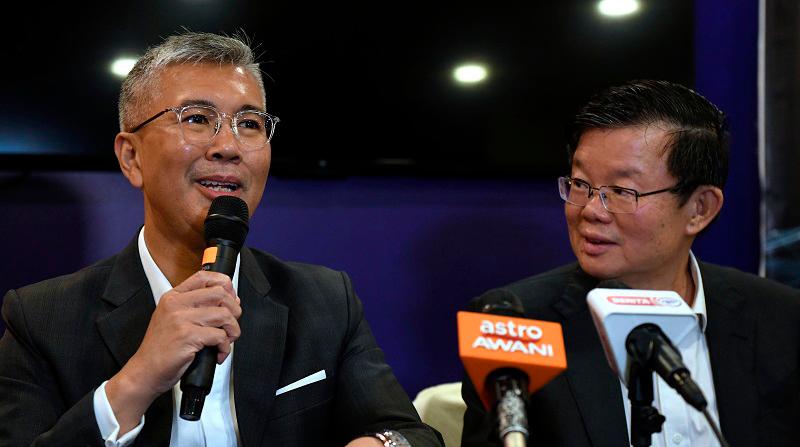GEORGE TOWN: The Penang STEM (Science, Technology, Engineering and Mathematics) Talent Blueprint which was launched today, will be incorporated into the National Semiconductor Strategy (NSS), said Investment, Trade and Industry Minister Tengku Datuk Seri Zafrul Abdul Aziz
He said the blueprint also will be supported by a portion of the RM25 billion allocated to operationalise the semiconductor strategies while the integration underscores both parties’ commitment to making Malaysia a regional manufacturing and services hub.
“The Penang STEM Talent Blueprint is an excellent example of the whole-of-nation approach to address the challenges and seize the opportunities in our rapidly evolving industrial landscape.
“This (blueprint) aligns perfectly with the objectives of our New Industrial Master Plan 2030 (NIMP 2030), NSS and the Green Investment Strategy (GIS),” he said at the launch of the blueprint in Tech Dome Penang, Komtar here tonight.
Tengku Zafrul noted that the Penang STEM Talent Blueprint also supports one of the targets of the NSS, which is to train and nurture 60,000 highly-skilled Malaysian engineers by 2030.
He pointed out that the ministry has made STEM education as one of the key enablers for Malaysia’s reindustrialisation strategy because no country can position itself as a global leader in high-tech industries without a sufficient supply of STEM talent.
He said industries like semiconductors, electronics and green technologies are fast becoming critical drivers of global economic growth, with Malaysia already the sixth largest semiconductor exporter globally.
“However, the semiconductor industry and many other sectors we want to develop such as aerospace, medical devices, pharmaceutical and the digital economy, face a significant global challenge that is the talent crunch.
“Hence, the need to develop a sustainable skilled talent pipeline,” he added.
The minister also said Penang continues to attract high-value investments in semiconductors and related industries including being a major contributor to the national economy.
The blueprint was launched by Penang Chief Minister Chow Kon Yeow and handed over to Tengku Zafrul.
The key measurable targets for the STEM Talent Blueprint include doubling the number of STEM enrolment in secondary schools, university output for STEM, STEM-related Technical and Vocational Education and Training (TVET) output and girls in STEM education, alongside with doubling the number of high-value jobs.
In order to achieve this, the blueprint adopts a holistic framework model to build a robust STEM talent pipeline from primary to post-tertiary education.









